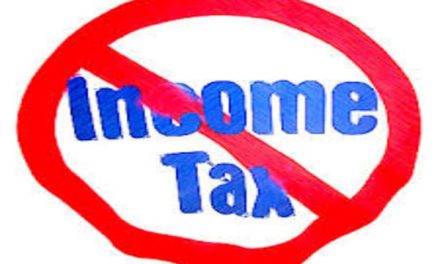The Centre on Thursday eased norms to offer 50% of salary for three months as unemployment allowance to lakhs of workers who are members of the Employees State Insurance Corporation and lost their jobs due to the coronavirus pandemic.
The move comes as a major relief for industrial workers, who have lost jobs or are on the verge of losing jobs due to the impact of the pandemic and the lockdown, which had stalled economic activity. There have been demands from several sections to provide wage relief to workers hit hard by the pandemic. In fact, at least two months ago, the finance ministry and Niti Aayog had demanded that the rules be eased.
The proposal was approved at a meeting of the Employees State Insurance Corporation (ESIC) board headed by the union labour minister Santosh Gangwar. The ESIC has calculated that the move will benefit some 4.1 million beneficiaries in the March to December 2020 period.
“The move will give cash benefits equivalent to 50% of the last drawn average wage to eligible insured persons (IP) under ESIC for three months,” said Amarjeet Kaur, a board member of the ESIC said over a phone interaction.
Kaur said the decision was approved and it will benefit a segment of the workers but had they relaxed this eligibility criteria a bit more, may be more than double (above 7.5 million) the workers would have benefited.
What is the Eligibility Criteria To Avail the Benefits?
The proposal was approved at a meeting of the Employees State Insurance Corporation (ESIC) board headed by the union labor minister Santosh Gangwar.
This move comes as a major relief to the workers who have already lost their jobs or witnessing a probable job loss as these norms are applicable for March 24 to December 31, 2020. They will be able to claim their allowance for this period.
However, they should have been ESIC members for 2 years during the period from April 1, 2018, to March 31, 2020. Also, they should have contributed at least 78 days during the period from October 1, 2019, to March 31, 2020, and also in one of the other three six-monthly contribution periods from April 1, 2018.
The key criterion for eligibility of the unemployment allowance-
- He/she should have been rendered unemployed during the period relief is claimed
- He/she should have been in insurable employment for a minimum period of 2 years immediately before his/her unemployment.
- He/she i.e. the insured person should have contributed for at least 78 days during each of preceding 4 contribution periods.
Earlier, the claim was to be submitted through employers, however keeping in mind the current conditions, norms have been eased to allow workers to approach the ESIC office to avail the claim.
Instead of the relief becoming payable 90 days after unemployment, it will now be payable after 30 days.
The ESIC has decided to extend the scheme for one more year that is till June 30, 2021.
The ESIC scheme in the past few months due to the pandemic’s impact on businesses has witnessed the existence of over 80 lakh workers.
V Radhakrishnan, member of the ESIC board and national executive member of Bharatiya Mazdoor Sangh said, “The initial calculation based on certain rules shows that around 40 lakh will be eligible to get the benefit from ESIC board decision. This will cost the government to the tune of Rs.6700 crore.”
What is The ESIC scheme?
The ESIC scheme is a modified version of the Atal Bimit Vyakti Kalyan Yojana scheme which covers workers earning up to a specified limit and qualifies them to an unemployment allowance.
Industrial workers with a monthly income under Rs 21,000 come under this scheme. Every month, a portion of their salary is deposited with the ESIC to avail medical benefits from primary to tertiary care facilities. These workers called IPs, each pay 0.75% of their basic salary, and 3.25% is given by the employer to the ESIC funds.
This liberalized scheme provides relief of 25% of the average per day wage earned the previous 4 contribution period and is paid up to a maximum of 3 months (90 days) of unemployment once in a lifetime subject to certain conditions.
Now, this 25% has been increased to 50% looking at the economic crisis caused by the ongoing pandemic.











